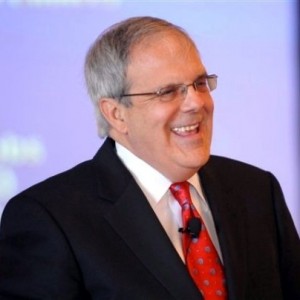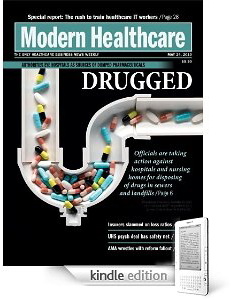RM&PSI, the Risk Management and Patient Safety Institute provided a forum for me to not only give a speech today on patient advocacy, but also to passionately press for its members to take up the cause of transparency, patient and patient family support, and healthcare quality. Yes, the speech touched on Social Media tools as a means of reinforcing the message, but it was really all about patient adovcacy. The RM&PSI is a national leader in clinical risk management practices and patient safety programs for health care institutions and providers. It primarily focuses its efforts on clinical risk reduction strategies, quality patient outcomes and health care provider education.
Their conference was held in Traverse City, Michigan which functions as the major commercial area for a seven county area and is one of Northern Lower Michigan’s two anchor cities. Tourism is a key industry and the area features freshwater beaches, vineyards, a National Lakeshore, downhill skiing areas, and numerous forests. But when you’re there to make a speech, it simply features nice people, a hotel room, and a conference room. (So much for the sun, sand, golf and gambling.)
This opportunity was unusual for me because my typical speech-making effort includes a trip in, a speech, and a trip back out. This time, however, they graciously invited me to attend both days of the two day event, and my eyes were opened even wider to the quality of the dedicated people who perform these “risk management” and quality assurance jobs for our healthcare systems. The people were absolutely delightful; warm, welcoming, open and honest, and it was a particular pleasure being the wrap-up speaker for the conference because I had been given the opportunity to listen to two days of presenters, to take notes, and literally to recraft my presentation to embrace the tenor and tone of their overall seminar.
The one thing that came out loud and clear for me is that our C’s (CEO’s, CFO’s, CMO’S, CNO’s, etc.) must carry the flag for our risk managers and quality assurance professionals. By being transparent; open, honest, caring and kind, we can make a real difference. It is about taking care of our caregivers and taking care of managing the expectations of our patients and their families while supporting quality at all costs.
Thanks, RM&PSI for your invitation, your warm welcome and your kind response to my work. It is what I live my life to do. It is what we need to be about.\
Free Resources from RM&PSI:
- Why Risk Management Programs Fail
FREE On-Demand Webinar - Official Zero Tolerance Behaviors Undermine
FREE PODCAST - Solutions Overcrowding Boarding Patients ED
FREE PODCAST - Disclosure Law Enforcement Requirements
FREE PODCAST - Preventing Medication Errors High Reliability
FREE PODCAST










